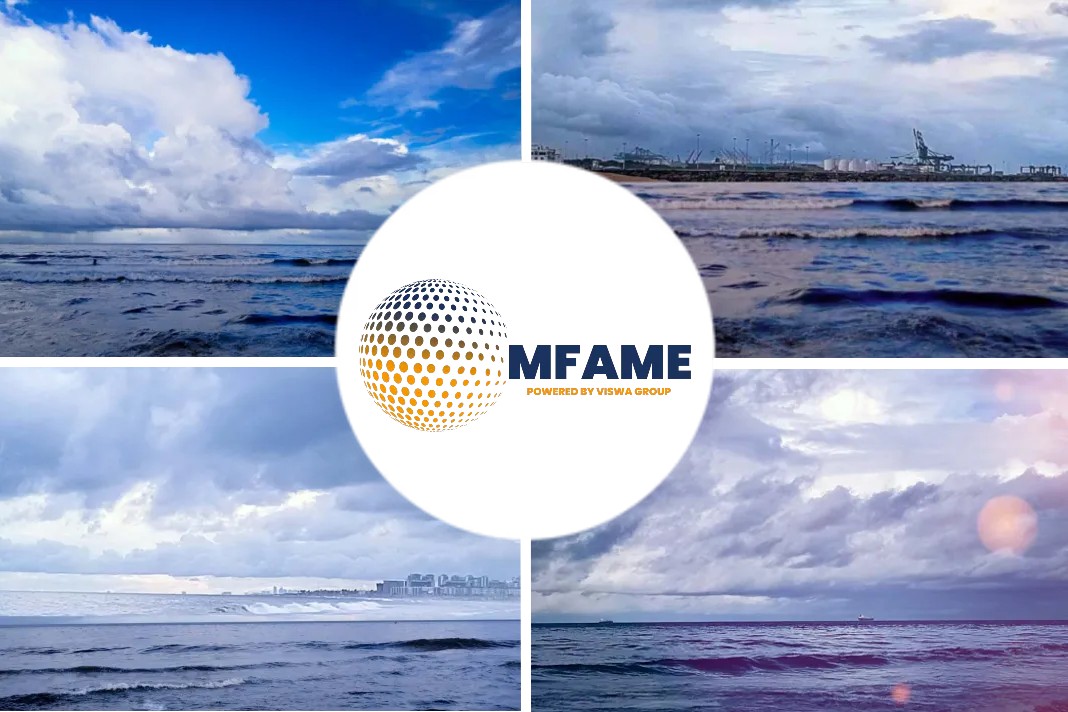- Participants of open-spec naphtha meeting have agreed to revise the vessel nomination procedure in a bid to lower demurrage risk.
- The meeting was held to discuss and make changes to the OSN contract which governs trading in Asia.
- Under the new procedure, the seller shall provide vessel documentation to the last buyer of the OSN chain on the day of nomination thus reducing demurrage risk.
- Participants have also agreed to limit nominations to vessels with a maximum length of 260 meters.
According to an article published by Platts, Asian open specification naphtha market participants agreed to revise the vessel nomination procedure in a bid to lower demurrage risk.
What is open-spec naphtha?
The open-spec naphtha meeting is an annual gathering of naphtha end-users, traders, oil majors and producers where participants discuss and make changes to the OSN contract which governs trading in Asia.
Move to reduce vessel rejections
Following a trend of larger vessels being nominated into Japan and subsequent vessel rejections, attendees at the 28th Open Spec Naphtha Conference in Singapore heard Friday.
Under the new procedure, the seller shall provide vessel documentation to the last buyer of the OSN chain on the day of nomination, or one working day after nomination, versus the current practice of documentation being provided two working days from the receipt of vessel nomination, thereby reducing demurrage exposure by one day if the vessel is not accepted.
Limitations in nomination
Participants have also agreed to limit nominations to vessels with a maximum length of 260 m. There was no limit on vessel size earlier.
Asian naphtha buyers are recently seeing larger vessels, such as Long Range III tankers, being nominated for discharge in Japan, particularly cargoes from the West. There have been cases of vessel rejection after nomination, so the last buyer in the open spec naphtha chain has to start finding an alternative port for the cargo and is exposed to demurrage risk.
Long range tankers
Some ports in Japan can take big vessels, while bigger tankers are accepted by most ports in South Korea, a trader said.
Long Range III tankers – which usually have a capacity of around 120,000 mt-130,000 mt, are the equivalent of Suezmax vessels, but carry clean products. With this, participants agreed to replace clause 6.2 in the OSN contract on vessel acceptance with a new provision that takes into consideration the above changes.
Did you subscribe to our daily newsletter?
It’s Free! Click here to Subscribe!
Source: Platts
















